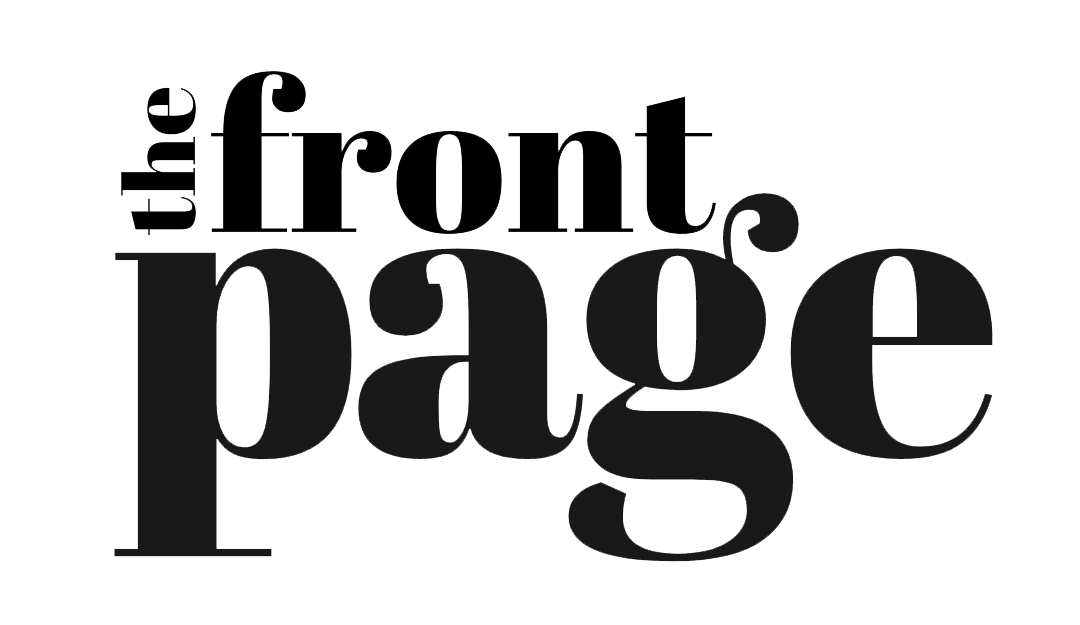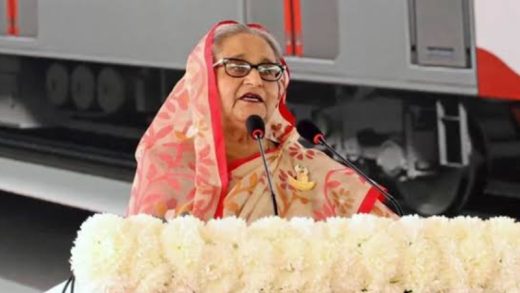By Rahik Ahmed
On the dawn of April 4, 2023, a massive fire broke out in Bangabazar in Dhaka. It took nearly six and a half hours for 48 fire engines, and the firefighting force of the army, navy, air force, and BGB to bring the situation under control. Amidst all the chaos, thousands of onlookers stood there watching as one of the biggest clothing markets in the country was being reduced to ashes. To understand this behavior of the passive crowd first, we need to understand a social phenomenon called the “Bystander Effect”.
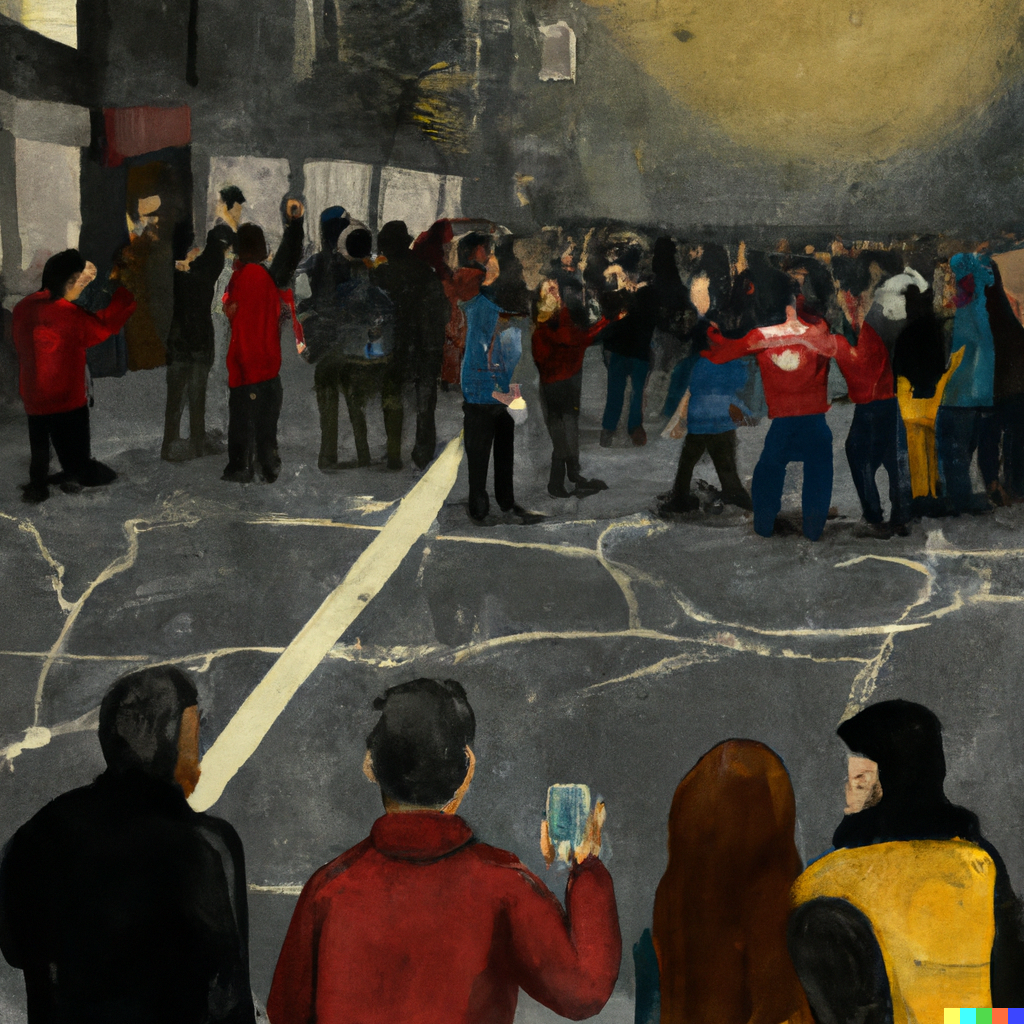
What is the Bystander Effect?
A bystander is a person who observes a potentially dangerous situation but does nothing. The bystander effect, on the other hand, is a social phenomenon where people are less inclined to intervene and help someone in need when other people are present.We have to keep in mind that, the bystander effect is not a conscious decision on the part of individuals. Rather, it is a result of social and psychological factors that can influence our behavior in social situations. Most often, it occurs because people assume that someone else will step up and intervene or someone in the crowd is more qualified to handle the particular situation than the individual; which diffuses responsibility that makes individuals feel less personally responsible for taking action and decreases the likelihood of assisting the one in need. Fear of embarrassment and fear of personal safety are also factors why the effect may occur.
Social Impact
People tend to conform to the actions of others in social situations. If no one else is helping, individuals may assume that it is not a socially acceptable thing to do and may refrain from helping as a result. People of Bangladesh tend to gather in crowds whenever a tantrum is going off on the streets. Bystanders observe rather than help the victim or stop the perpetrator. Moreover, in some cases, they worsen the situation further by intervening without understanding the situation. We are still a long way from having steady emergency services. Whenever law enforcement is not available in a country like Bangladesh, bystanders must play a crucial role in protecting citizens from life-threatening dangers. Something as simple as informing the police or calling an ambulance can save a life in a critical moment. It takes only one person to take an initiative for the whole crowd to take necessary actions. In a large group, it is easy for one to not take responsibility for the victim personally and think someone else will step up. This effect creates a diffusion of responsibility; as a result, the whole crowd stands passive. In our everyday life, we might be a bystander even without us realizing it. It can be a brawl on the street or someone needing urgent medical help or even cyber-bullying. One might not address these first because thinking that might not be socially acceptable. Thus this works like a chain effect and consequently, no one comes to aid the victim.
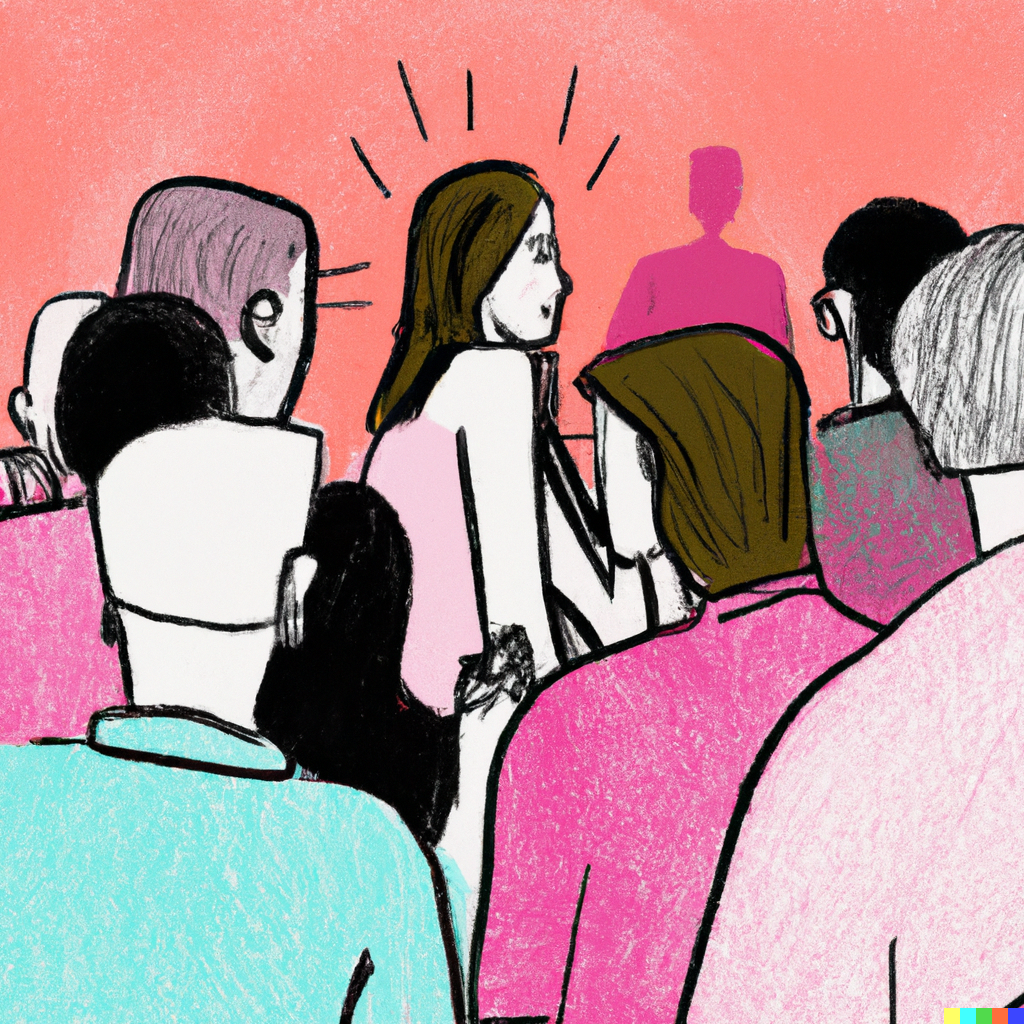
The role Bystanders in gender-based violations
Men and women experience the same trauma when they are subjected to crime, but women have to deal with more factors than men. For example, when a man acts fiercely toward his perpetrator it is seen as a rational reaction, and a woman’s public protest is deemed as an overreaction. Other than that, women are prone to sexual harassment on the streets. When a woman faces a crime, it has become the norm for onlookers to blame the woman’s disposition rather than denounce the crime when she is the victim of a persistent offense. They scrutinize her behavior as well as how decently she is dressed, with whom she is there, and for what reason and when.

Tragic examples of the effect
Here we look again at the Bangbazar case. Director General of Fire Service and Civil Defence, Brig Gen Md Main Uddin said, The crowd of onlookers was the biggest hindrance to firefighting efforts and caused a delay in bringing the devastating fire at the Bangabazar Shopping Complex under control. There were numerous instances of people using Facebook Live. At the fire-damaged spot, many people were taking selfies. Due to the enormous number of people, the rescue teams were unable to bring in equipment and vehicles, according to eyewitnesses.
New Market Fire incident: On 15th March, a massive fire broke out at New Supermarket in the capital. Here, curious bystanders crowded the area; making it harder for civil service and volunteer groups to intervene and control the fire. The Prime Minister said that unnecessary crowding must not be allowed during extinguishing the fire by the firefighters and strict action will be taken in case of any obstruction regarding this.
The Attack on Professor Zafar Iqbal: In 2018, a prominent Bangladeshi physicist named Professor Zafar Iqbal was attacked with a knife while attending a public event. Bystanders reportedly failed to intervene, allowing the attacker to inflict serious injuries before being apprehended by security personnel.
Woman assaulted on the bus: In 2020, a video surfaced on social media, showing a woman being assaulted on a bus in Dhaka. The woman was crying and pleading for help, but no one on the bus intervened. Passengers continued to sit silently, ignoring her pleas. The incident sparked outrage on social media, with many people criticizing the bystander effect in Bangladesh.
The Rana Plaza incident: On April 24, 2013, in Savar, Bangladesh, was one of the deadliest industrial disasters in history. The incident claimed the lives of over 1,100 people and injured thousands more. There were several bystanders who witnessed the building collapse and could have intervened to help those in need. However, many bystanders failed to take action, and their inaction had dire consequences.
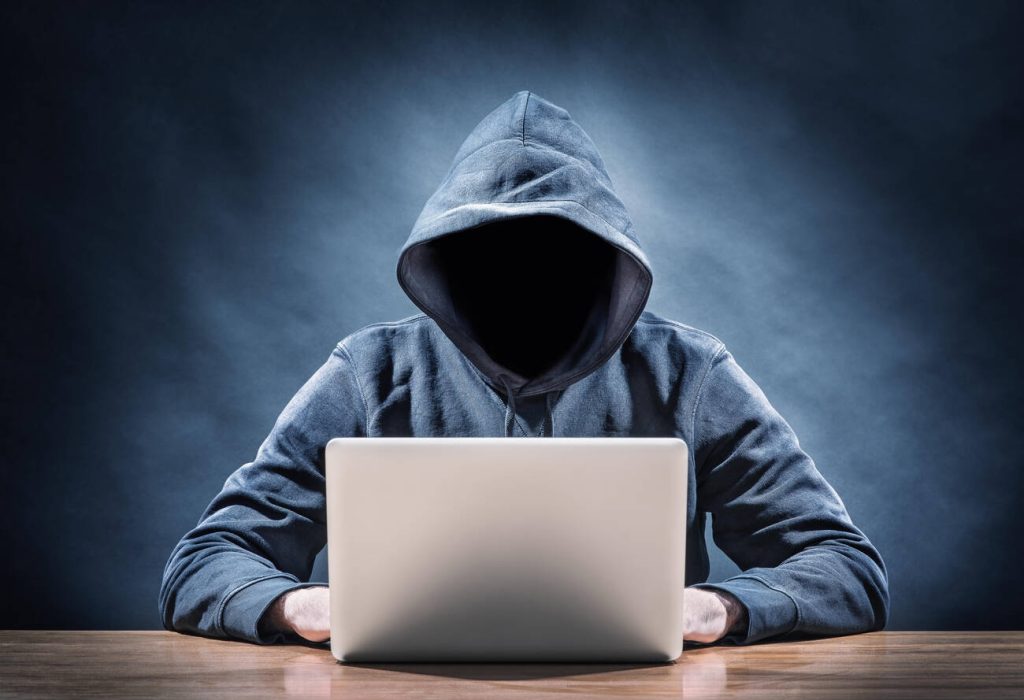
Virtual Bystander
In this modern age, we can be a bystander to something as regular as cyberbullying. We may see online harassment and choose to do nothing for reasons like we may not know the person well or we are waiting for someone else to protest first. It would be irrational to ask everyone to stand up to every harassment online but for those of us who can we should at least stand up for those being harassed around us. Being bullied online can have a notable impact on one’s mental health. In some cases we are truly powerless to do anything; for instance- watching a live stream of a disaster or witnessing a graphic image or video online. Naturally, out of frustration, we might blame the person streaming or clicking photos for not doing anything rather than us lending a helping hand through NGOs, volunteer groups, or relief programs. A popular example of this is- Kevin Carter, a south african photojournalist, who, in 1993 captured a picture of what appeared to be a little girl who had collapsed to the ground out of hunger as a vulture surrounded the girl. After capturing the scenario on his camera, he frightened the vulture away. After New York Times published the picture that year, he received hundreds of phone calls and emails criticizing him for not taking any action. As a bit of context, the journalists were told not to touch the locals for it may spread disease. Three months after the photo was published, Kevin committed suicide due to depression. In conclusion, blaming someone for their inability to act at the moment does nothing more than calling a greater mishap.
The Role of social media
When a digital bystander livestreams an incident, it is easy for the individual to be consumed by likes and reactions. Addiction to social media and a lack of morals can cause this. On the other hand, because of digitalization, it has become easier to help out in cases of national tragedies even more in this country because Bangladesh is prone to natural disasters. It has become easier for us to donate money to NGOs and relief organizations through digital payment methods. All in all social media can be used to spread consciousness which can play a pivotal role in overcoming tragedies.
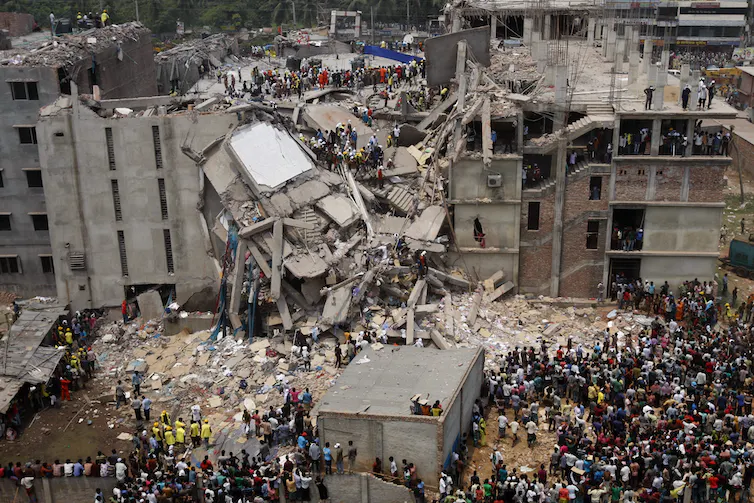
Remedy
There is no easy fix for this phenomenon but taking some steps can help reduce the damage it does. Such as-
Increase Awareness: One of the most important steps in overcoming the bystander effect is to raise awareness about the issue and the impact it can have on individuals and society as a whole. This can be done through public campaigns, educational programs, and media coverage of incidents where bystander intervention could have made a difference.
Foster a Sense of Responsibility: Fostering a sense of responsibility among individuals and communities can help create a culture of intervention and promote personal responsibility for the well-being of others. This can be done through public awareness campaigns, community events, and education programs that emphasize the importance of taking action to help others in need.
Create Support Systems: It is essential to create support systems for victims of violence and injustice, including hotlines, counseling services, and safe spaces where individuals can seek help and support. Even though we have a national emergency number (999), it is not enough in some cases as sometimes it can take more than 30 minutes for help to arrive considering the traffic conditions of the country especially in the capital. Dedicated regional helplines or community-based emergency support systems can ease up this issue to a great extent.
Improve Safety Regulations: Improving safety regulations and enforcement in commercial buildings and public spaces can help create a safer environment for individuals to intervene in situations where someone may be in danger. This can include implementing better fire safety measures, improving access to emergency services, and enforcing safety regulations in commercial and public spaces.
Empower Individuals: Empowering individuals to take action and intervene in situations where someone may be in danger can help overcome the diffusion of responsibility that is often associated with the effect. This can be done through training programs, workshops, and community-based initiatives that provide individuals with the knowledge, skills, and confidence they need to take action.
“The only thing necessary for the triumph of evil is for good men to do nothing.” this a quote by Edmund Burke that emphasizes the necessity of taking action. Doing nothing can cost us social security and sometimes even lives. The choice of taking action is a powerful choice in itself. Learning about this social effect can help us understand the situation better and take responsibility when it is necessary.
